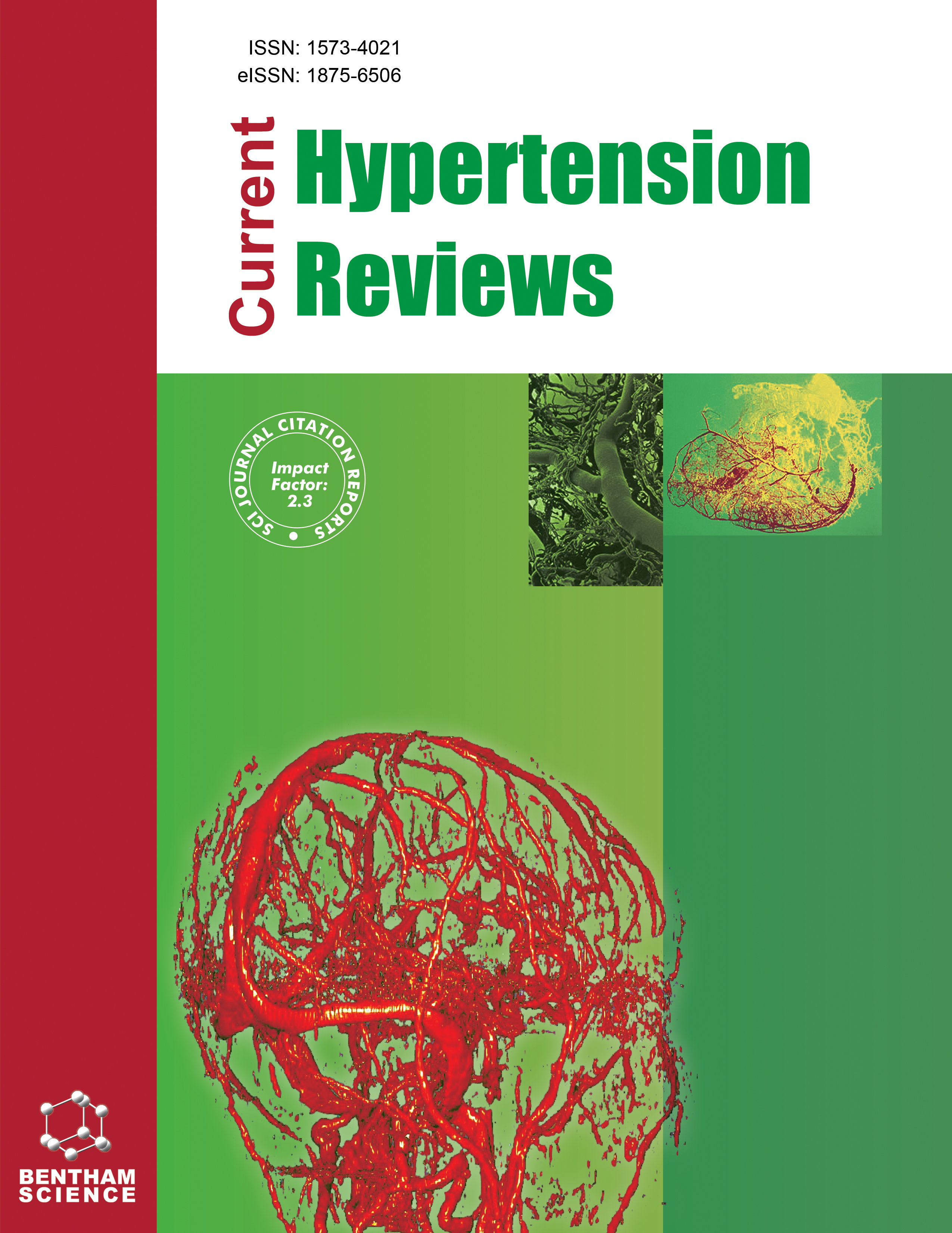
Full text loading...

Sleep problems are increasingly recognized as a factor that may contribute to high blood pressure. Evidence in Asian populations, however, remains limited. This study explored the link between sleep quality and hypertension in middle-aged adults through a mixed-methods design.
A sequential approach was used, beginning with a cross-sectional survey of 492 adults aged 35–60 years who attended the outpatient clinic at Phramongkutklao Hospital. Sleep quality was assessed with the Pittsburgh Sleep Quality Index, while blood pressure was measured by standard procedures. Logistic regression identified predictors of hypertension. In the second phase, 15 participants with poor sleep and/or hypertension were interviewed, and transcripts were analyzed thematically.
Poor sleep quality (PSQI >5) was strongly associated with hypertension (adjusted OR 7.54; 95% CI: 3.33–17.06; p < 0.001). Older age, alcohol use, and a family history of hypertension also emerged as independent risk factors. The qualitative findings highlighted three recurring issues: lifestyle and psychological obstacles to adequate sleep, low awareness of the connection between sleep and blood pressure, and limited counseling on sleep health in routine care.
These results emphasize the importance of sleep as a modifiable risk factor for hypertension. The lack of awareness among patients and insufficient advice from healthcare providers point to gaps in current practice.
Poor sleep quality is a strong predictor of hypertension among middle-aged adults. Incorporating sleep assessment and education into outpatient services may help improve the prevention and management of hypertension.

Article metrics loading...

Full text loading...
References


Data & Media loading...